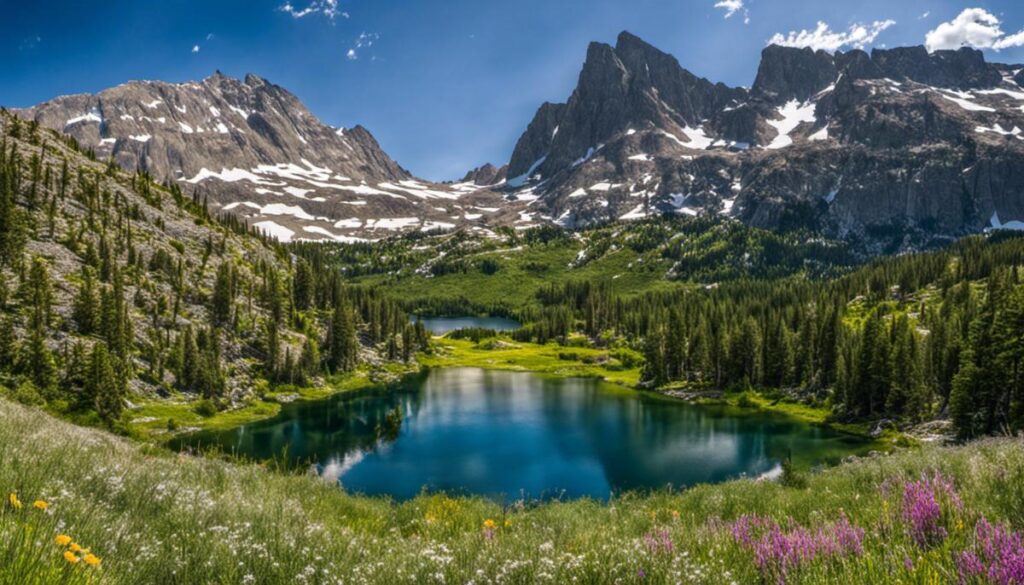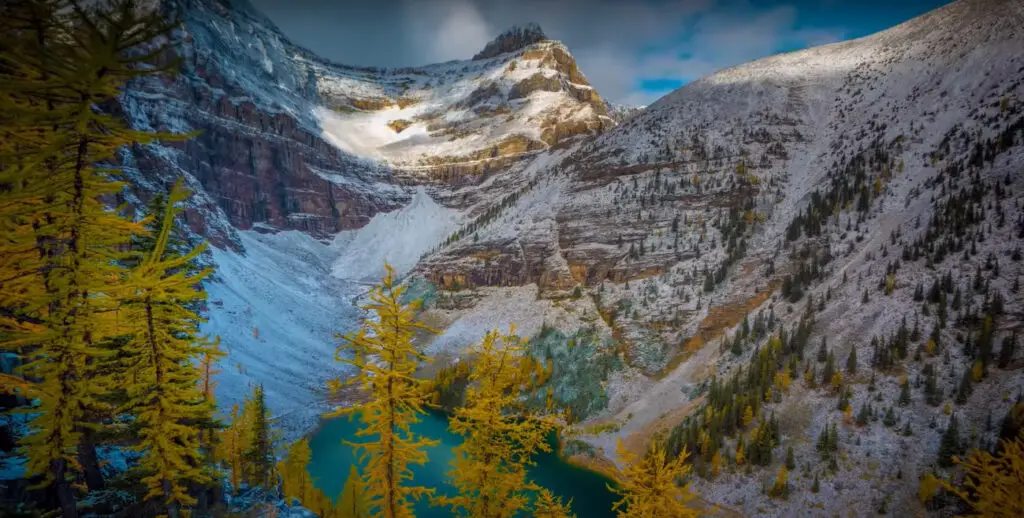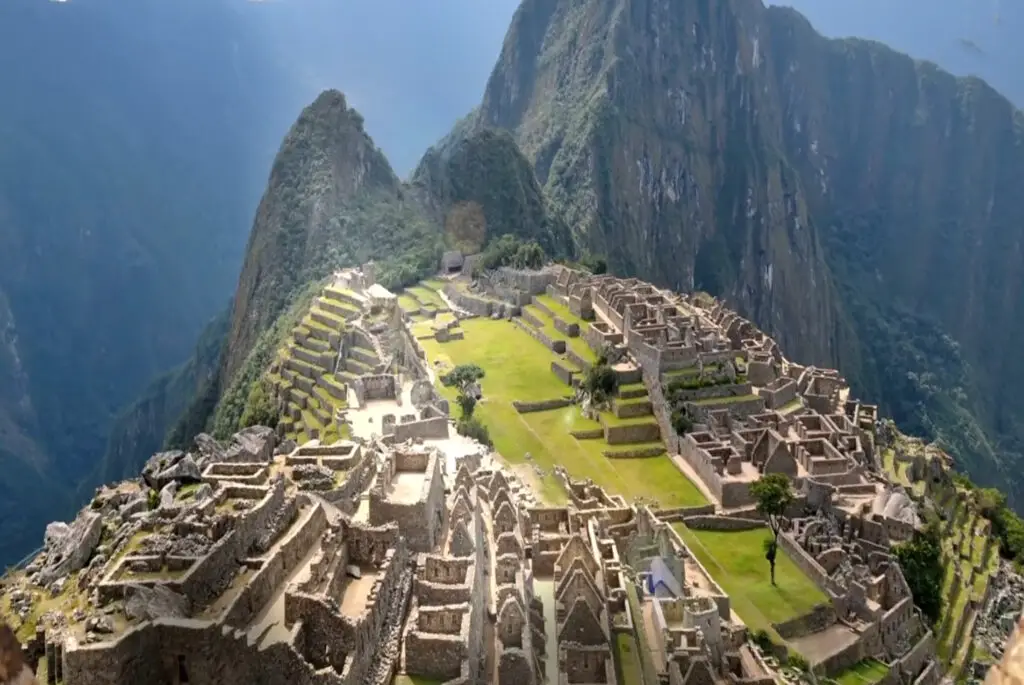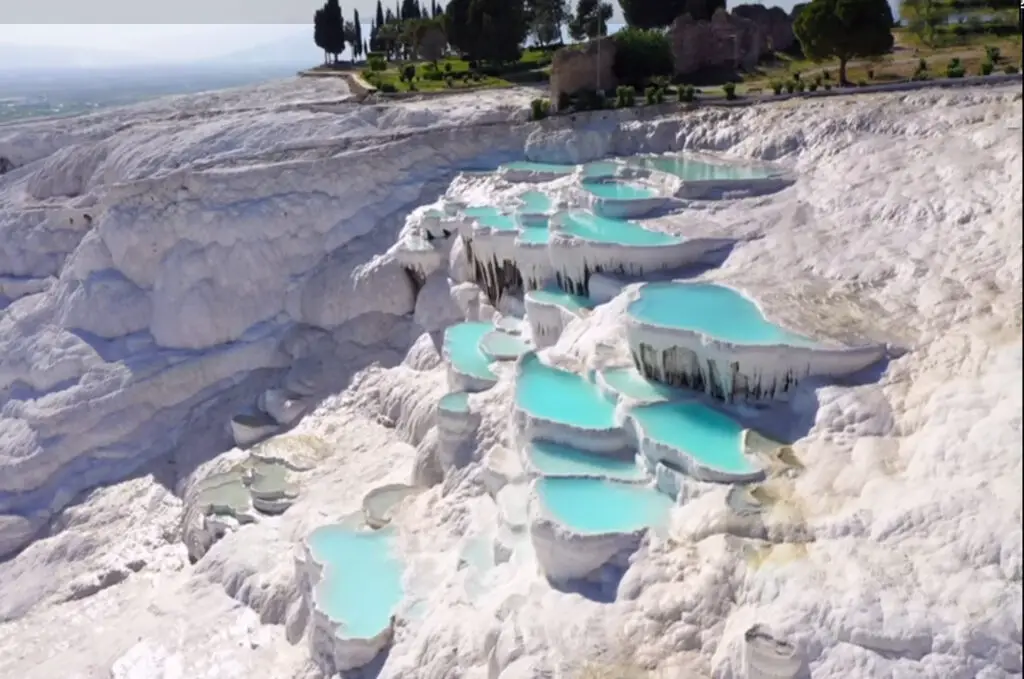Beartooth Mountain, a geological wonder and critical piece of America’s natural heritage, is as breathtakingly majestic as it is rife with a robust and unique ecosystem. Nestled amid the lofty highlands of Montana and Wyoming, this awe-inspiring mountain range engages the spirit of explorers, historians, and nature lovers alike. As we delve into the geographical eliteness, beginning from its immense altitude to the diverse flora and fauna dwelling in its expanse, it is evident just how Beartooth Mountain intricately embroiders Mother Nature’s rich tapestry.
Stepping back in time, we discover the mountain’s profound historical and cultural footprint, from indigenous roots unfolding its spiritual importance to its influence on contemporary American ethos. However, as we celebrate this pristine paradise offering manifold recreational pursuits, it’s equally crucial to reflect on the vigorous conservation endeavors preserving its inherent splendor against environmental challenges.
Geographical Features of Beartooth Mountain
Location and Height: Beartooth Mountain in Comparative Context
Beartooth Mountain, one of North America’s tallest peaks, is located in the U.S. states of Montana and Wyoming. More specifically, it is situated in the Beartooth Range of the Rocky Mountains, in the Custer, Gallatin, and Shoshone National Forests. The mountain’s highest point, known as Granite Peak, straddles the border of these two states and stands tall at a lofty height of 12,807 feet. This marks it as the highest peak in all of Montana and a significant point within the Rocky Mountain range.
Terrain and Unique Features: The Rugged Facade of Beartooth Mountain
The harsh, rugged terrain of Beartooth Mountain is characterized by its sharp, glacier-carved ridges and deep valleys. Interlocked with a high plateau, the mountain’s landscape is sprinkled with over 300 pristine alpine lakes and dense forests, punctuated by verdant meadows and acres of rocky terrain. The Beartooth Highway, widely recognized as one of the most beautiful drives in the United States, winds its way through the Montana side of the mountain. Offering breathtaking views of sheer cliffs, cascading waterfalls, and vast snow-covered expanses, this scenic route is an attraction in its own right. The mountain is also home to several recreational areas, such as Yellowstone National Park and Absaroka-Beartooth Wilderness.
Flora and Fauna: The Living Beings of Beartooth Mountain
Beartooth Mountain’s diverse geographical features contribute to its rich biodiversity. The dense forests found at lower elevations are home to a variety of tree species, including lodgepole pines, Engelmann spruce, and subalpine firs. As you ascend, the vegetation gradually transitions to alpine tundra featuring low-growing, resilient plant species designed to endure harsh winds and cold temperatures. These include moss campion, sky pilot, and dwarf clover.
The mountain also supports a plethora of animal life, from large mammals like grizzly bears, black bears, moose, and elk to smaller creatures such as pika and marmots. Avian species including golden eagles, peregrine falcons, and various songbirds also grace the mountain’s skies. It’s not uncommon for visitors to spot the elusive mountain goats expertly traversing the rocky cliff sides or to catch a glimpse of the stealthy mountain lion.
Birth and Evolution of Beartooth Mountain: A Geological and Climatic Perspective
Fueled by colossal tectonic activities and shaped by successive glaciations, the Beartooth Mountain emerged as an exceptional topographic marvel. The imprints of the ice age are explicitly evident in the striking landscape, characterized by deep U-shaped valleys, serene glacial lakes, and mesmerizing cirques. The climate varies dramatically across seasons – while the summer days are pleasant and inviting, winters can be extremely harsh, swathing the area in heavy snow. Nevertheless, the striking beauty and variation of the mountain terrain coupled with unpredictable weather has made Beartooth an irresistible attraction for geologists, adventurers and nature enthusiasts alike.
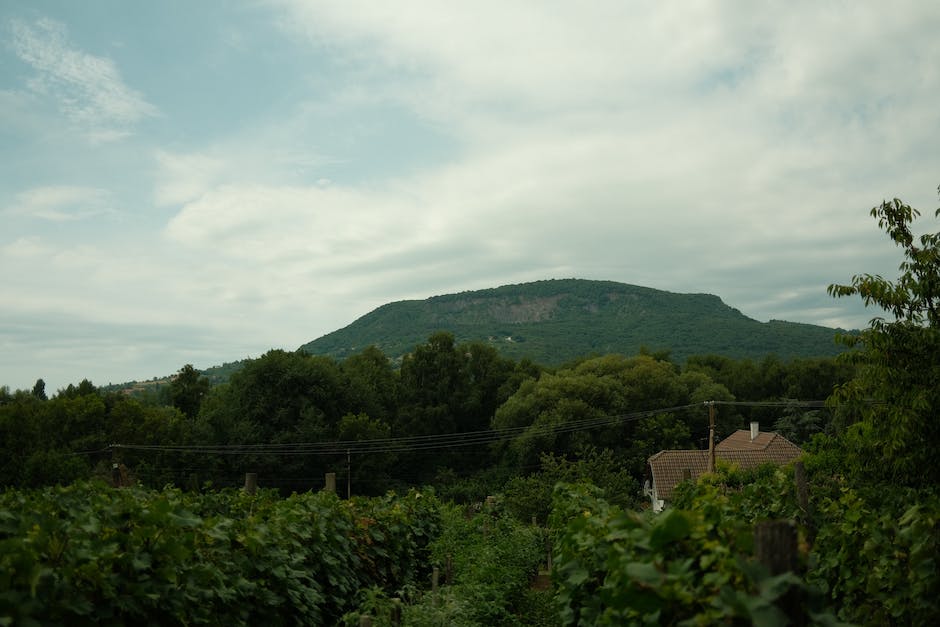
History and Culture Surrounding Beartooth Mountain
Beartooth Mountain: An Entity of Cultural Importance to Native Tribes
Regarded as an emblem of cultural and spiritual significance, the Beartooth Mountain has been a revered site for Native American tribes – particularly the Crow Nation and Sioux tribes. The native moniker for the mountain originates from Crow terminology, symbolizing its prominence in their navigation across the sprawling plains. This majestic peak was not just a geographic landmark, but also a spiritual haven, where tribes performed sacred rituals and sought divine visions amidst its tranquil slopes.
Discovery by European Settlers
The first recorded visit to Beartooth Mountain by European settlers was in the early 19th century. A party led by William Clark—famously known for the Lewis and Clark Expedition—tracked the Yellowstone River up to the vicinity of the mountain in 1806. However, it wasn’t until 1872 that the mountain was extensively explored by Army Lieutenant General Philip Sheridan.
Beartooth Mountain in Modern American History
Beartooth Mountain has played a vital role in 20th-century American history. It’s best known for the Beartooth Highway, a National Scenic Byways All-American Road. The highway was authorized by Congress in 1931, and its construction was completed in 1936. Considered one of the most scenic drives in the United States, the highway traverses the rugged terrain and offers breathtaking panoramic views of one of the highest and most rugged areas in the lower 48 states.
Influence of Beartooth Mountain on Local Culture
Beartooth Mountain has long played a significant role in shaping the culture of nearby regions. The mountain is not only revered in Native American spiritual practices, but it has also fostered a love for outdoor activities such as hiking, horseback riding, and ice climbing within the local community. These activities have since become hallmarks of the area’s identity.
Annually, Beartooth Mountain serves as the backdrop for the Beartooth Powwow, a celebration acknowledging the region’s deep Native American heritage. This event draws tribes from all over the nation to participate in traditional dances, drumming, and arts and crafts, reinforcing the durability and vibrancy of Native cultures in the region.
Beyond recreation and spiritual practices, Beartooth Mountain has been a source of inspiration for creators and thinkers, notably Ernest Hemingway, who purportedly wrote his novel ‘For Whom the Bell Tolls’ during his stay in the region. This artistic influence is also evident in local museums and galleries such as the Carbon County Historical Society and Museum in Red Lodge, which prominently features exhibits related to Beartooth Mountain.
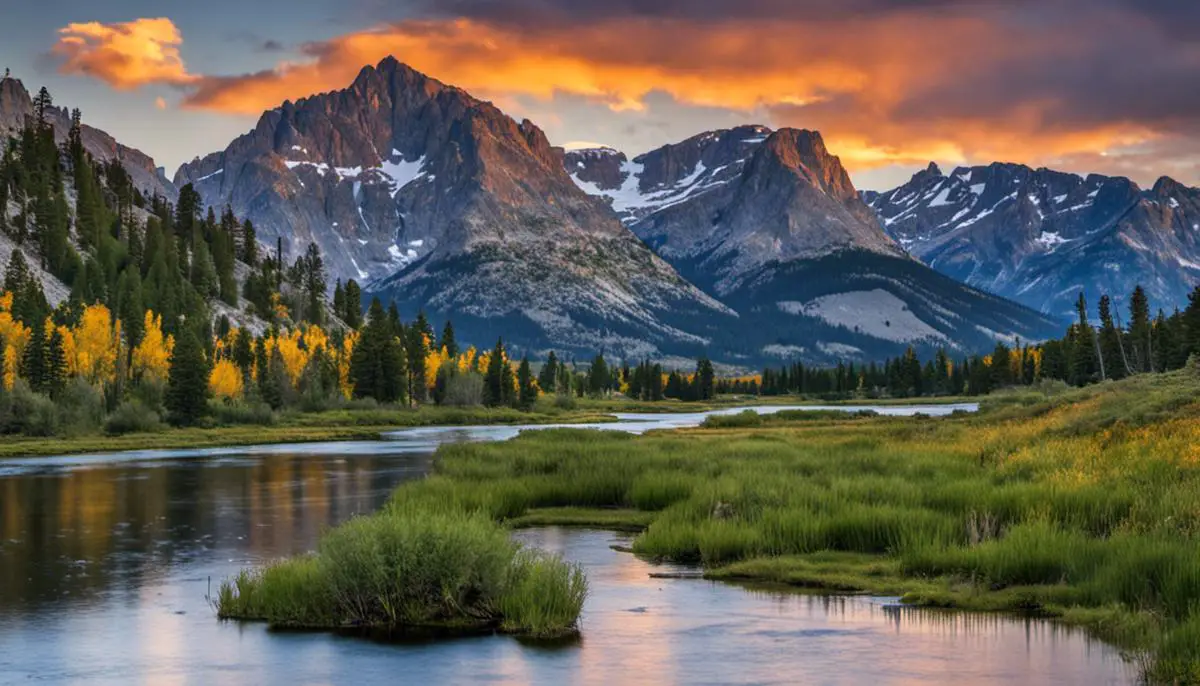
Recreational Activities on Beartooth Mountain
Outdoor Recreational Opportunities on Beartooth Mountain
Beartooth Mountain is a paradise for outdoor enthusiasts, offering a plethora of recreational activities. Hiking is particularly popular due to the mountain’s impressive peak and abundant wildlife trails. The mountain offers a variety of trails catering to all levels of experience, ensuring all visitors can enjoy the stunning landscape.
Rock climbing on Beartooth Mountain is also a popular pastime, with a number of challenging routes leading to the summit and various climbing spots scattered throughout the terrain. However, visitors engaging in this activity should have prior climbing experience and use appropriate equipment due to the demanding nature of the rocky landscape.
Wildlife enthusiasts can look forward to sighting a myriad of animal species, such as grizzlies, wolves, elk, and a host of bird species at Beartooth Mountain. However, visitors are always reminded to maintain a safe distance and to respect the animals’ natural habitat.
For individuals interested in more leisurely activities, camping at Beartooth Mountain presents a wonderful opportunity. The area boasts numerous campgrounds complete with amenities such as picnic tables, fire pits, and restrooms. Visitors should, however, prepare for changing weather conditions, and carry suitable gear for potential cold nights and unexpected storms.
Safety Measures and Park Regulations on Beartooth Mountain
Beartooth Mountain encourages visitors to observe safety measures in order to ensure a pleasant experience. Hikers and climbers are advised to bring appropriate gear and to stay alert to the possibility of rapidly changing weather conditions. Wildlife should be observed from a distance, and feeding or provoking animals is strongly discouraged.
Park regulations are in place to protect the environment and to allow everyone to enjoy their time on Beartooth Mountain. Visitors must stay on designated trails and use existing campsites. Disposing of waste properly, following fire safety rules, and respecting vegetation and wildlife habitats are further requirements for all visitors.
Popular Trails and Camping Sites on Beartooth Mountain
Beartooth Mountain has several popular trails for day hikes and extended backpacking trips, including the Beartooth Loop Trail and the Lake Fork Rock Creek Trail. Each of these trails offers a unique experience, with a variety of landscapes and wildlife viewing opportunities.
As for camping, there are several campgrounds available. The Beartooth Lake Campground and the Limber Pine Campground are two of the most popular. Both campsites offer essential amenities and are conveniently located near popular hiking trails and fishing spots.
Embarking on a Beartooth Mountain Adventure
If you’re planning to visit Beartooth Mountain, preparation is crucial. Before embarking on your adventure, familiarize yourself with park regulations, take note of security measures, and secure necessary permits. Moreover, keep an eye on the weather forecasts; weather conditions here can shift rapidly.
Essentially, Beartooth Mountain is the ideal destination for outdoor lovers. Whether you seek adrenaline-fueled adventure or a serene retreat, this stunning landscape caters to all tastes.

Conservation Efforts on Beartooth Mountain
Fostering an Appreciation for Beartooth Mountain’s Conservation Movements
Spanning across Montana and Wyoming, Beartooth Mountain is recognized for its diverse and distinct ecological system. The sharp mountain peaks and expansive plateaus shelter a broad spectrum of flora and fauna. Multiple conservation policies have been set in place by local, state, and federal organizations to protect this vital environment. Both Montana and Wyoming have dedicated environmental protection agencies that collaborate with local partners to ensure that the natural legacy of Beartooth Mountain remains safeguarded.
Federal Involvement in Conservation
At the federal level, the U.S. Forest Service manages the Custer Gallatin National Forest, which includes the Beartooth Mountains. This organization is instrumental in managing the land-use policies, preventing overexploitation, and protecting the wilderness. Federal laws like the Endangered Species Act and Clean Water Act also provide overarching guidelines on biodiversity preservation and watershed protection in the region.
The Beartooth Mountain area is also part of the Greater Yellowstone Ecosystem, one of the last remaining large, nearly intact ecosystems in the earth’s northern temperate zone. This designation by the federal government brings extra resources and attention to the area, further supplementing conservation efforts.
The Role of National Parks and Wildlife Reserves
The establishment of protected areas like national parks and wildlife reserves is another important part of conservation efforts. The Absaroka-Beartooth Wilderness, which houses the Beartooth Mountains, covers nearly one million acres, offering a refuge for rare and endangered species and preserving significant geologic features. In this protected wilderness, hunting, mining, and logging activities are heavily regulated to maintain the ecological balance.
Threats Posed by Human Activities and Climate Change
Along with the natural threats like forest fires and invasive species, human activities and climate change pose significant challenges to Beartooth’s conservation efforts. Tourism can occasionally lead to littering, vandalism of natural resources, and disturbance of wildlife. Climate Change, on the other hand, leads to rising temperatures, altering precipitation patterns, and causing shifts in the local ecosystem. These changes can upset the mountain’s biodiversity, leading to loss of species and habitat.
Steps Taken to Mitigate Threats
Mitigating these threats requires extensive planning, rigorous implementation, and public participation. Conservation authorities have implemented stringent regulations on tourist activities, curbing littering and disturbances to wildlife. There has also been increased emphasis on public education to raise awareness about Beartooth’s precious natural resources.
Policy efforts are also being focused on climate change mitigation. This includes promoting renewable energy, improving forest management practices to sequester more carbon, and investing in scientific research to better understand the impacts of climate change on the Beartooth Mountains.
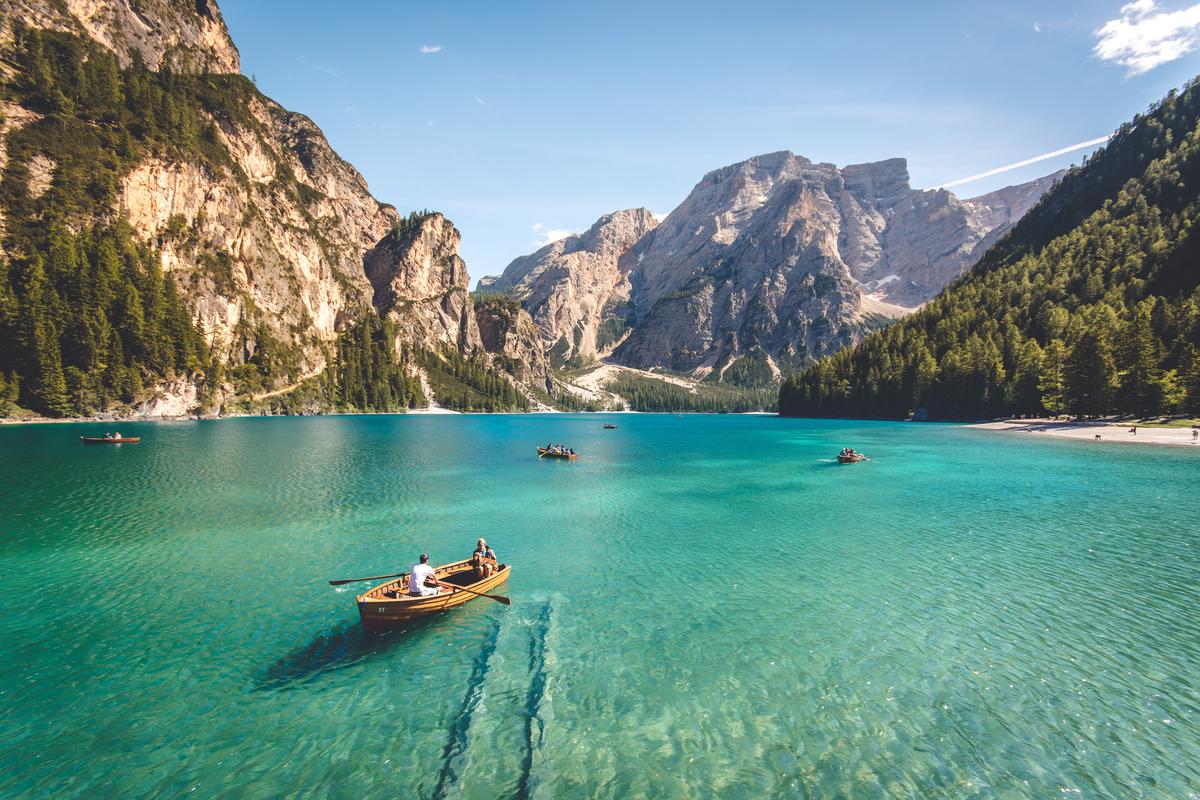
Photo by peter_mc_greats on Unsplash
Beartooth Mountain, unrivaled in its geological and cultural richness, truly stands as a testament to the ageless power and allure of nature. Its diverse terrain, teeming with life, has echoed with the footfalls of native tribes, explorers, and everyday nature enthusiasts, each finding a personal revelation or joy amidst its peaks. The mountain has also become a fulcrum for recreational activities, opening up a world of adventure, solitude, and wonder.
On the other side, the rallying cry for conservation reverberates through the community, fostering commitment and responsibility towards safeguarding this splendid spectacle for generations to come. As we navigate the pathways of Beartooth, we also journey through time, tradition, adventure, and conservation, recognizing the intrinsic connection between the welfare of its environment and our collective human spirit.

